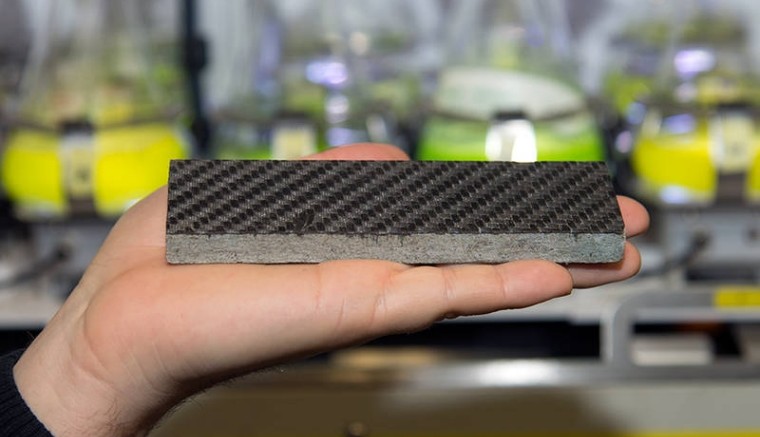Carbon fibre from greenhouse gas
November 26, 2018
on
on

Researchers from the Technical University of Munich (TUM) have developed a process that, by all appearances, can remove the greenhouse gas carbon dioxide (CO2) in an economically efficient manner from the atmosphere. In the most recent world climate report (IPCC Special Report on Global Warming of 1.5 °C) the method is called ‘globally relevant’.
Warming
To keep global warming at least somewhat within limits, action has to be taken now, without delay. In this context, a new technology that was developed by chemists from TUM is interesting. This tackles the problem at the source, by reducing the amount of carbon dioxide in the atmosphere permanently.Algae
In this new process, algae convert the carbon dioxide in the atmosphere or from power stations or the steel industry onto algae oil. In a next step the oil is used to make useful carbon fibres ― where the initial analysis indicates that the process can be cost-effective.PAN
At the so-called Agentechnikum of the TUM, algae are researched that can not only be used as the raw material for biofuels, but can also be used to make polyacrylonitrile (PAN) fibres with great efficiency. Subsequently, the PAN-fibres that were made this way, are carbonised into carbon fibres in a CO2-neutral process that uses parabolic solar reflectors.Building material
These carbon fibres are no different from the fibres that are manufactured using the more traditional method, and therefore can be used in a range of existing processes. An important application area is the construction industry: carbon fibres can replace steel. In this way cement usage can be reduced and a with carbon-fibre strengthened granite, even load-bearing elements can be manufactured that (with an equal load capacity as steel) are as light as aluminium.Burial
At the end of their life cycle, the carbon fibres or the material that was strengthened with it, it can, for example, be stored in disused coal mines so that the corresponding amount of carbon dioxide is permanently removed from the atmosphere.Read full article
Hide full article


Discussion (0 comments)